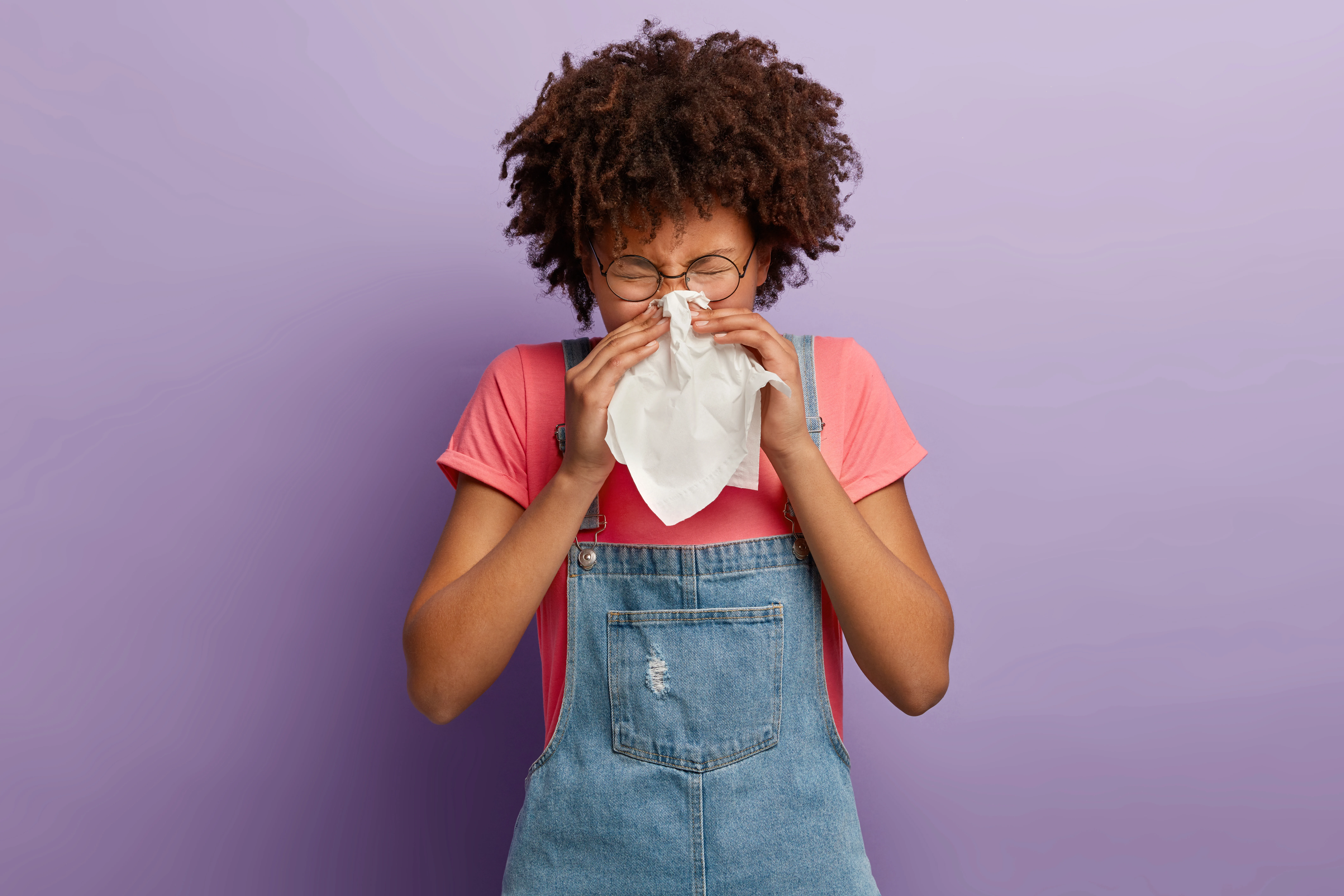Flu is a common virus that infects thousands of people every year and is very often confused with the common cold. The flu however can be characterised into several stages through the infection cycle. In this blog we will outline the stages of the flu to raise awareness and assist in identifying when you have a flu and not a common cold.
Symptoms of the flu start rapidly, and people can go from fine in the morning to bed ridden in the evening. The flu is worst between the day 1 and day 4 mark, after which time people begin to show signs of improvement. Once at day 7 people are usually fine and happy to go on with their lives.
Not everyone’s immune system is the same however so while this guide is a handy generalisation it is not a guarantee that every flu will follow the same pattern. If you suspect that your flu is worsening, you are asthmatic or in an at-risk group, please call 111 for further advice.
What are the first stages of the flu
Flu Symptoms may change day to day but tend to follow a common trend and most people will feel better within a week. We will start with the first stage of the flu at day 0.
Day 0
The first day of infection. You will have picked up the virus within the past 48 hours and it has been in your body slowly hijacking your cells to make duplicates of itself and spread itself further. Those infected at this stage will feel fine, however you are most contagious at this point! Unknowingly spreading the flu virus to those around you.
Day 1-3
On day 1 you may wake up feeling fine, but by the end of the day you will feel the full effects of the flu symptoms. These symptoms will arrive suddenly and without much warning at this point it’ll be time to break out the blankets and hot water bottles to keep you cosy and warm. Soups and plenty of water at this stage will do wonders to keep you hydrated.
You will be feeling worst around day 2 or 3, but once you reach day 3 the good news is that the worst of it is over. During this stage you are still in the contagious period of the flu, however you are less contagious as your immune system is working hard to contain the infection.
Day 4-7
At day 4 you may notice some of the flu symptoms begin to subside, your fever may decrease, your muscles will regain their strength and you might have the energy to move yourself out of bed. You may still have a slight cough and a sore throat for a few more days but you can start getting on with life again. At this point the flu contagious period has finished and your body is recovering.
If symptoms persist or appear to be getting worse it could be a secondary infection has begun, such as bronchitis or pneumonia. In this case call 111 for further advice.
How do I know whether I have flu?
How can we tell a flu apart from a common cold? There are three key defining feature to flu symptoms:
- Symptoms appear quickly, within an hour or so.
- It affects your whole body not just your nose and throat, your body will ache and you may feel chills.
- Makes you feel too exhausted to carry on as normal.
Other common flu symptoms include:
- A high fever.
- Cough and a Sore throat.
- Headache
- Difficulty sleeping.
- Loss of appetite.
- Tummy ache.
To find out more about how cold and flu differ from each other read this blog Key differences between cold, flu, hay fever & seasonal allergies
How long will flu symptoms last?
Flu symptoms unfortunately tend to last for 7 days, with the worst of the symptoms passing after day 4. While you may be bedridden with the flu, you may find all your thoughts revolving around how did this happen? How can I make it better? How did I catch flu? To find out how you caught flu we will need to look at the infection period. This is the window of time that you could have received the infection from someone else. Flu is an airborne virus and travels from person to person in water droplets that are expelled when people breathe. It is transmitted through close contact with someone else who is infected.
You may have picked up a flu 1 to 2 days before you even started to show any symptoms of the virus being present. During this time, a person can be spreading the virus to those close to them without even realising it. It is this trait that can make flu so transmissible within a population. People are contagious for around 4 days after their initial infection. Once people start to feel better around the 4–7-day mark, they are no longer infectious to other people[/vc_toggle][vc_toggle title=”How can I treat flu?”]Treatments for the flu are wide and varied, with several home and medical remedies available. Some home treatments that you can use to treat the symptoms of flu are:
- Rest and sleep.
- Keep warm.
- Take paracetamol or ibuprofen to lower your temperature and treat aches and pains.
- Drink plenty of water to avoid dehydration.
- Breathe over a bowl of boiling water to open your sinuses. I like to add tea tree oil to really release congestion.
There are several commercial anti-viral drugs available for treating flu, such as Tamiflu, Xofluza and Relenza. The first does of these should be taken within 48 hours of symptoms first showing and are recommended for young children and those most at risk. You should not take antibiotics for the flu, only if you have picked up pneumonia should you be given antibiotics during the flu. Another medical remedy that is readily available is the annual flu jab which is again recommended to those most at risk from the flu. Medical treatments for the flu are only available thanks to the challenging work that goes into developing them. To help in the development of medical treatments consider joining FluCamp and do something rewarding!
















